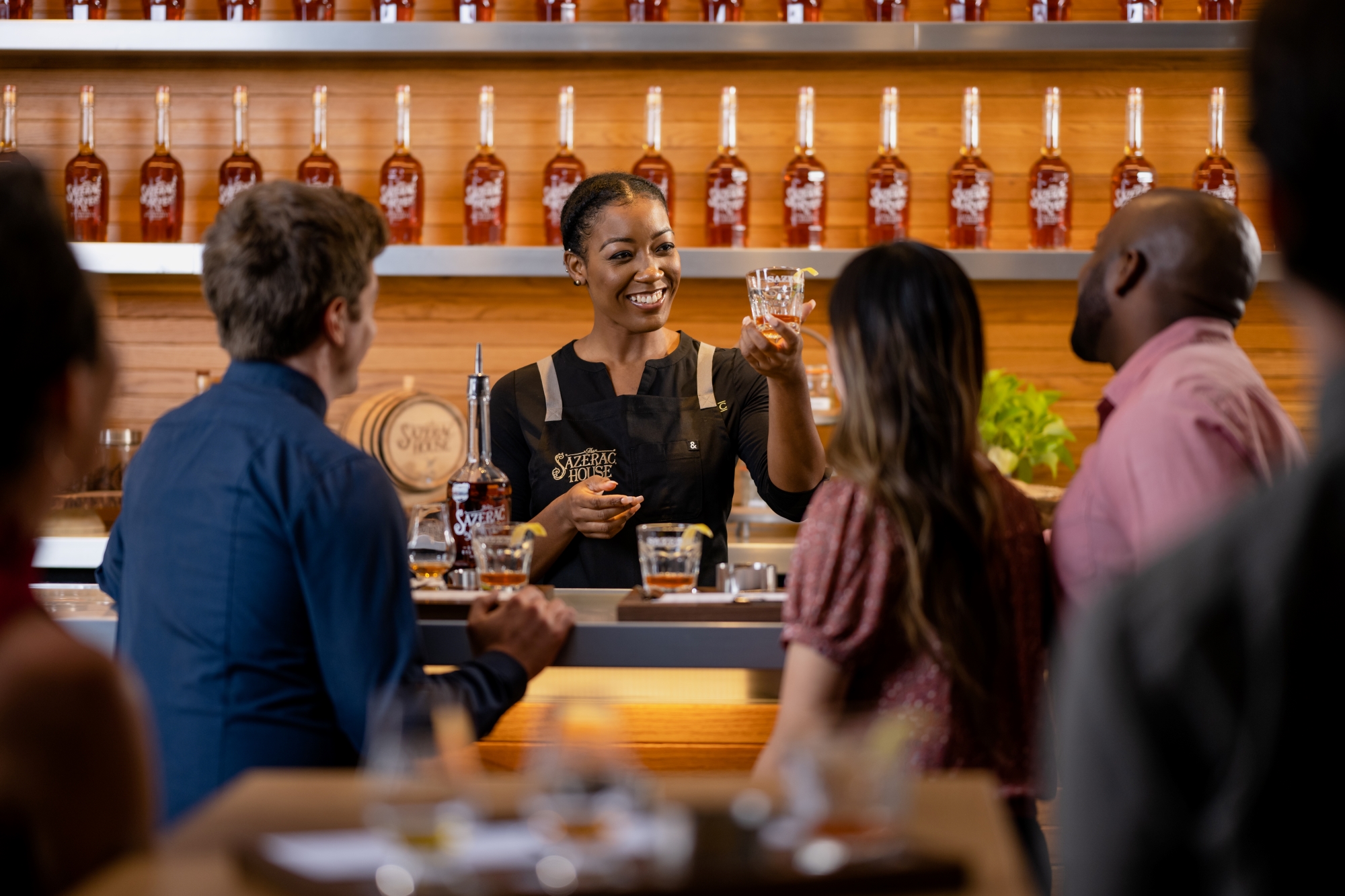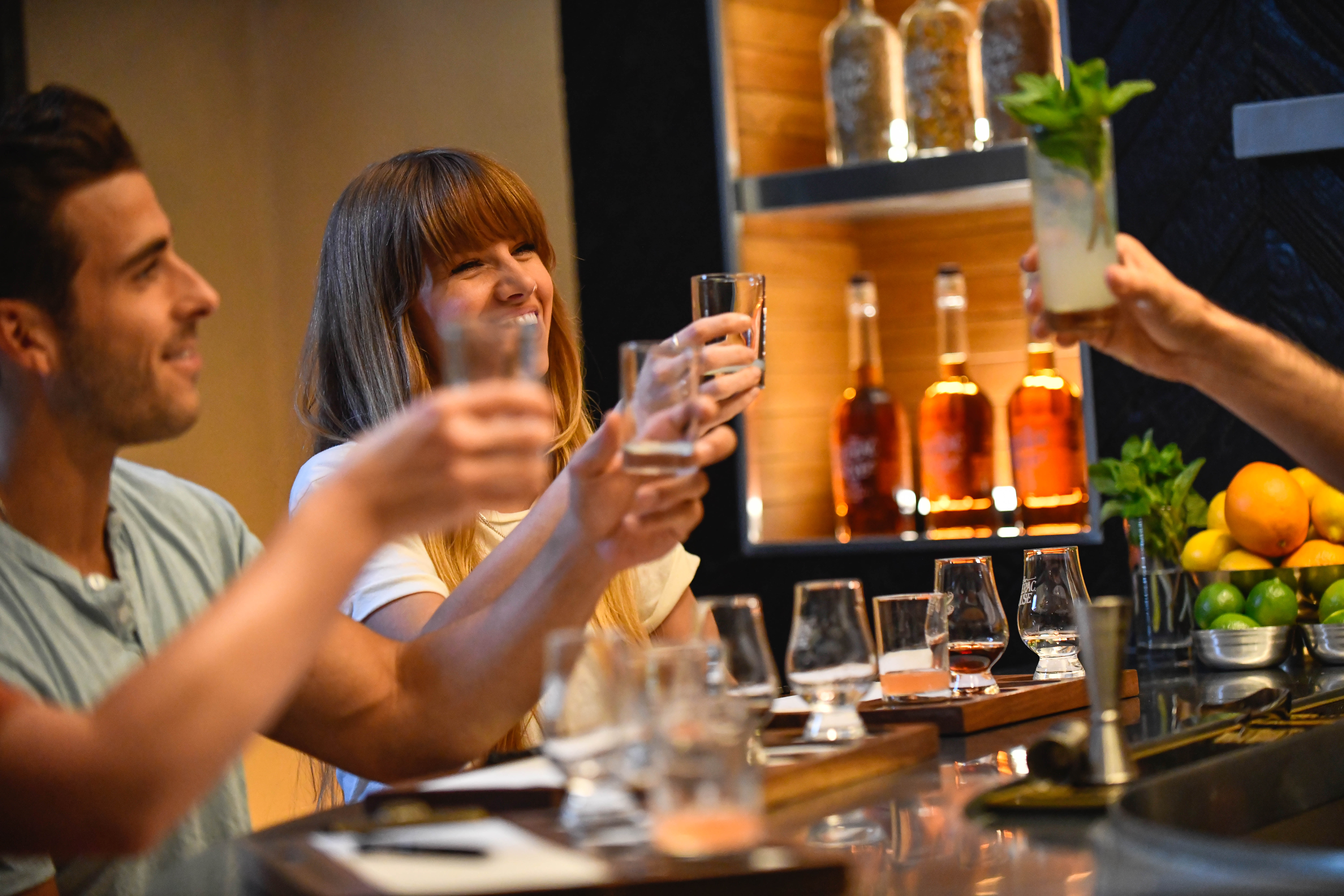Here’s to Croutons
First, why do we call it toasting? Turns out, it was commonplace in the late 17th century to add a stale crouton or small piece of scorched toast to your wine. Not only was it known to improve the quality of poor wine, it could also improve the quality of bad bread. It became a kind of party snack and popular practice at celebrations. While the toast in the drink went away over the years, the spirit that went along with it lived on.
Here’s to Ancient Greece
We don’t know exactly when the first toast was actually made. But we do know that it’s a tradition that dates back to the Ancient Greeks of 6th Century BC. The practice began as a praise to their gods in hopes for long health. It was a simple, creative ritual involving good drinks and familiar company — and the earliest example of toasts as we know them today.
Here’s to Souvenirs
Today, toasts remain a mainstay in the culture of celebration, spanning across different countries, cultures and cocktails. More importantly, the toast has evolved over time into something of a verbal souvenir. It’s a sentiment that you can take with you when the drink in your glass is long gone.
Regardless of where the tradition of toasts began or how they’ve changed throughout the years, one thing is certain: they’re not going anywhere any time soon. And we’ll drink to that.
Events

Bourbon County to Bourbon Street
While Kentucky may be the home of bourbon, New Orleans has played an important part in its story. Whiskey traveled down the Mississippi to New Orleans, where bartenders used it to craft classic cocktails. Travelers to the city have enjoyed whiskey, especially when sipping it on Bourbon Street. Join drinks historian Elizabeth Pearce and learn how to make signature whiskey cocktails, while hearing how whiskey became America’s spirit.
Here’s to tales of yesterday and cocktails today.

